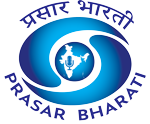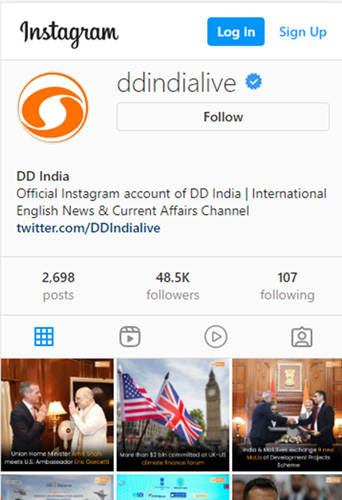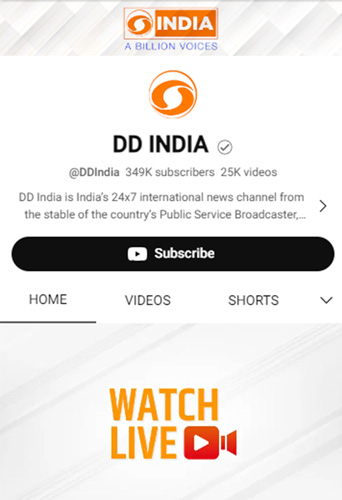At WAVES 2025, a new report by the Boston Consulting Group grabbed the spotlight, drawing the attention of policymakers, creators, and investors. The report revealed that India’s creator economy is already driving more than $350 billion in consumer spending, a number expected to exceed $1 trillion by 2030.
Titled From Content to Commerce: Mapping India’s Creator Economy, the report paints a vivid picture of a nation in the midst of a creative and commercial boom. With 2 to 2.5 million active creators—defined as individuals with more than 1,000 followers—India is home to one of the world’s largest and youngest digital communities. But what’s most striking is the current monetization gap. Only 8 to 10 percent of these creators are earning meaningful income from their content, revealing a vast reserve of untapped potential that may well become the fuel for the next stage of India’s economic growth story.
The report underscores the sweeping influence creators now hold over consumer decisions. Over 30 percent of purchases are directly shaped by digital content—ranging from short-form videos to long-format storytelling, tutorials, product reviews, and live streams. Comedy, film, fashion, and serials remain the dominant genres, but the expansion into new content territories like gaming, wellness, and finance is reshaping how India learns, shops, and interacts.
What makes this shift even more profound is how it is transcending generational and geographic lines. No longer confined to Gen Z or urban metros, the creator ecosystem is reaching deep into smaller towns, regional markets, and older demographics. The emergence of multilingual creators and regional influencers has catalyzed a more inclusive digital marketplace—one that mirrors the real India in all its complexity and diversity.
For brands and marketers, this evolution has not just altered strategies; it has flipped the entire funnel. Traditional advertising methods are being replaced or supplemented by more agile, creative, and targeted forms of engagement. Campaigns are now designed with creators at the core—allowing for faster content production, greater freedom of expression, and improved metrics through outcome-based testing. Virtual gifting, live commerce, subscription models, and fan-funded initiatives are rising as new revenue streams, giving creators both financial agency and deeper community ownership.
WAVES 2025 served as the perfect launchpad for this new digital vision. With its ambitious scope covering media, technology, and storytelling, the summit highlighted how India’s creator economy is not merely an offshoot of the entertainment sector, it is the engine powering a new form of commerce and cultural diplomacy. As discussions ranged from AI in filmmaking to the future of AVGC (Animation, Visual Effects, Gaming, and Comics), one theme emerged with clarity: creators are not just influencing trends—they are shaping the market.
Investors are recalibrating strategies to fund content-driven startups. Policy frameworks are being debated to offer protections and incentives for digital freelancers. Education platforms are rolling out creator economy courses. And most significantly, creators across India—from school-going influencers in Raipur to AI-powered illustrators in Chennai—are beginning to realize their role not just as entertainers, but as economic contributors.
The trillion-dollar forecast is not a distant dream—it is a pathway already in motion. With the right mix of innovation, infrastructure, and inclusivity, India’s creator economy could become one of its most significant exports. And as the world turns its eyes toward this new digital juggernaut, one thing is certain: India is no longer just telling stories. It is rewriting the script of global influence—one post, one video, one idea at a time.










